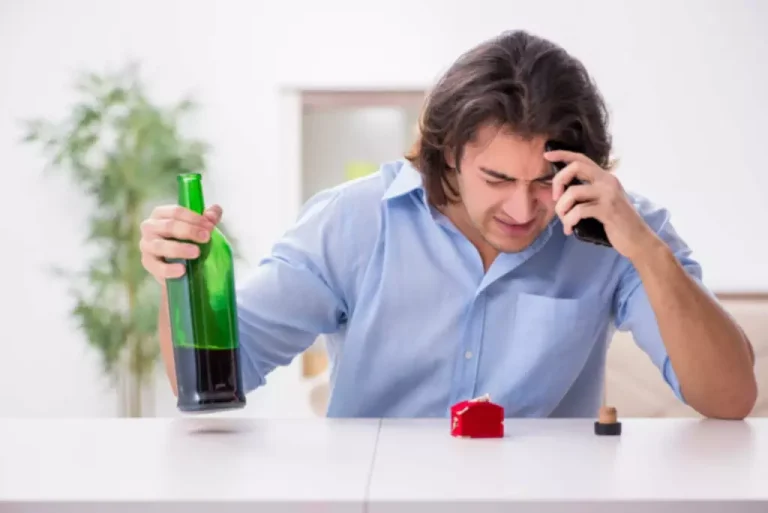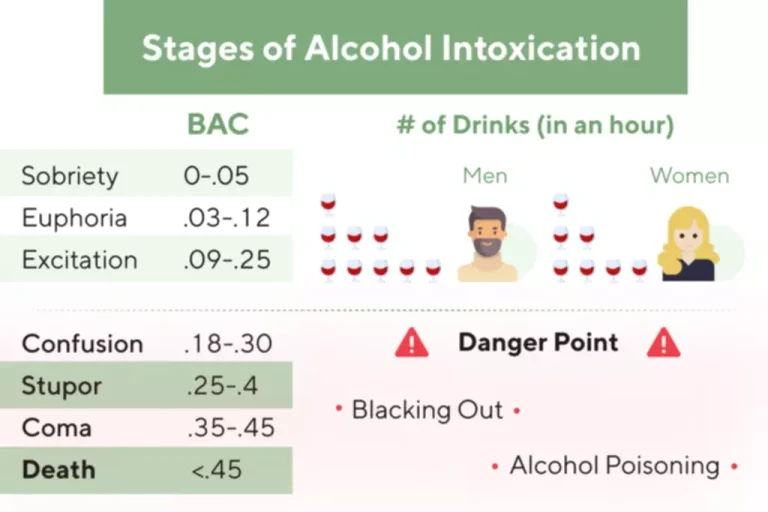
A well-sealed home with better insulation conserves heat energy and maintains regular inside temperatures. It saves energy by making heating and cooling systems more efficient. Air conditioning is a feature of a majority of US homes, according to Energy Saver, https://ecosoberhouse.com/ and uses about 6 percent of all the electricity produced nationwide. For a greener home, upgrading to a more energy efficient air conditioner is a good idea – look out for an Energy Star-qualified version – but there are more eco-friendly ways to stay cool.
Insulating Your Home Efficiently
- Once it’s full, deposit its contents in your backyard as compost.
- If you’re interested in making the switch, you could always Steal This Firefighter’s Vegetarian Diet for Staying Ripped.
- You may even decide to build your home in a certain location based on the local building materials that are available.
- Mary Homa, vice president and design consultant at P.E.A. Builders, a company specializing in sustainable building, shares five overarching design principles of green architecture.
- Climate tech company Sealed reports the average home loses up to 50 percent of its heat through the top of the house thanks to under-insulated or unsealed attics.
- A lot of old food scraps lying about can be composted to create nutrient-rich soil.
Common cleaning agents frequently include powerful chemical compounds. Switching to environmentally friendly cleaning solutions reduces environmental damage and usually contains mild substances. Though some organic cleansers are more expensive, making your cleaning solution from common household items can be both ecological and cost-effective.
Replace fluorescent light bulbs with LED bulbs
While underfloor heating is easier to install in new homes, you can always integrate it into your current home with the help of a good planner. Without the help of a good planner, you may end up damaging the current flooring of your home. Not only do these paints contain natural pigments, but they’re eco-friendly.
- Using eco-friendly and green cleaning products is also a great way of reducing your impact on the environment.
- Most people end up wasting precious resources during cooking without realizing it.
- The amount of chemicals, fumes, and toxic ingredients used in home cleaners is shocking.
- This could include upgrading to energy-efficient appliances or improving insulation in your home.
- For even more tips, check our separate post on how to build an energy-efficient home on a budget.
Check Air Quality

Before you begin to update your home with things like eco-friendly heating or sustainable products, it’s a good idea to see how your home currently rates, energy wise. Ultimately, a healthy home environment will look different from one person to the next. It might take time, thoughtfulness, and multiple tries to get your space to meet your needs, but eventually it will help make your space feel right for you. Optimizing your space to improve your mental health is something that anyone can benefit from. For those living with mental health conditions, it is one tool of many that can be used to improve and support your mental well-being. How exactly are your electronics and the environment related, you ask?
Most people boil excess water to make their daily beverages, which not only wastes time and water but also electricity. Installing energy-efficient lights into your home can help you save up to 75% less energy. Moreover, these lights are made to last longer, so you won’t need to replace them as often. It is not only a sustainable solution but also one that helps save you more money.
Did you know that most incandescent light bulbs emit energy and heat, making them an unsustainable option in the long run? Well, with the introduction of energy-efficient How to make your home more environmentally friendly lights, you don’t need to worry about this anymore. Traditional turfgrass lawns need lots of water, but xeriscapes can be a great sustainable alternative.
- Look for cracks in the facade and gaps around windows and exterior penetrations (like pipes).
- Shortening your shower by as little as one minute can save up to 150 gallons of water per month.
- Also, it is a boon for forgetful individuals who don’t remember to turn off their electrical appliances after each use.
- This could result in significant savings over time and reduce your carbon footprint.
Where you put your windows, in particular, can help you take advantage of natural light and heat. In the Northern Hemisphere, south-facing windows will give you more sunlight in winter, allowing you to minimize your reliance on artificial heating and lighting. The Energy Star label was created to reduce greenhouse gas emissions and pollutants caused by inefficient use of energy and is backed by the U.S.
Experts swear by these 6 sustainable home renovation tips

Galvao gives the example of using locally-sourced reclaimed wood for building or in furniture, which diverts waste from the landfill. Consider slow decorating, a design trend that promotes mindful selection and quality products rather than buying quickly available, low-quality products that fit an immediate need. Or outfit your home by buying secondhand and using architectural salvage, which not only recycles materials but also goes hand-in-hand with buying locally. However, new, efficient windows make less of an impact if the rest of the home isn’t insulated, and the same is true for energy-efficient HVAC choices.

- Here are some expert tips and resources to help you renovate and decorate your home with sustainability in mind.
- Many cleaning products contain toxic chemicals that damage our ecosystem and health.
- Nationwide estimates that the eco-friendly models can save as much as 13,000 gallons of water per year, plus slash water bills by $90.
- But instead of throwing them into the trash, the more eco-friendly thing to do is to store them in a bin for composting.
- Choose large appliances such as washing machines with the highest energy rating you can find whenever possible, and install LED lighting that will save energy and cost less to use over time.



